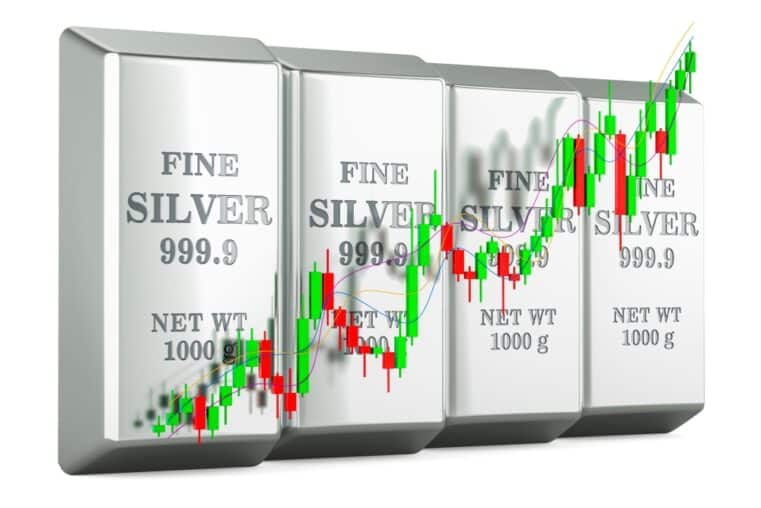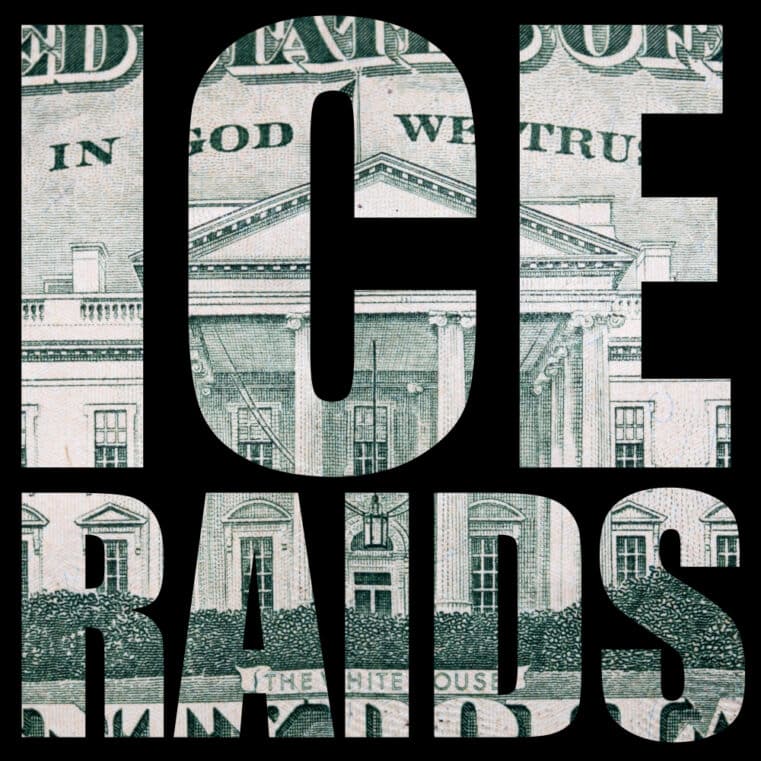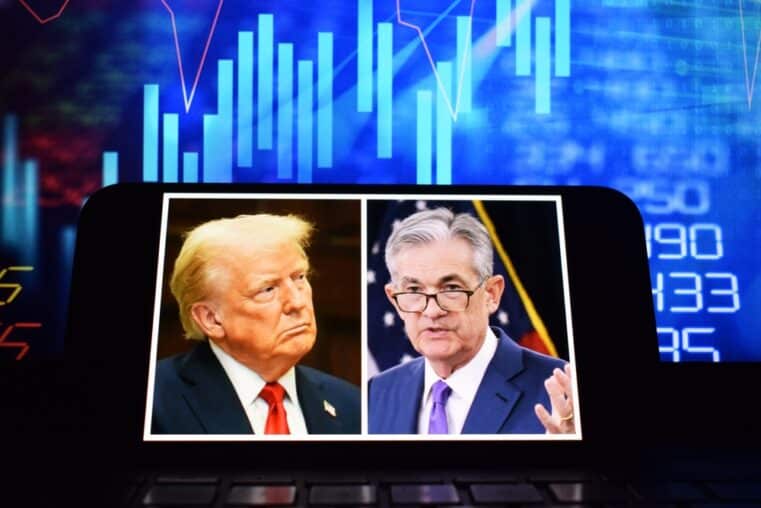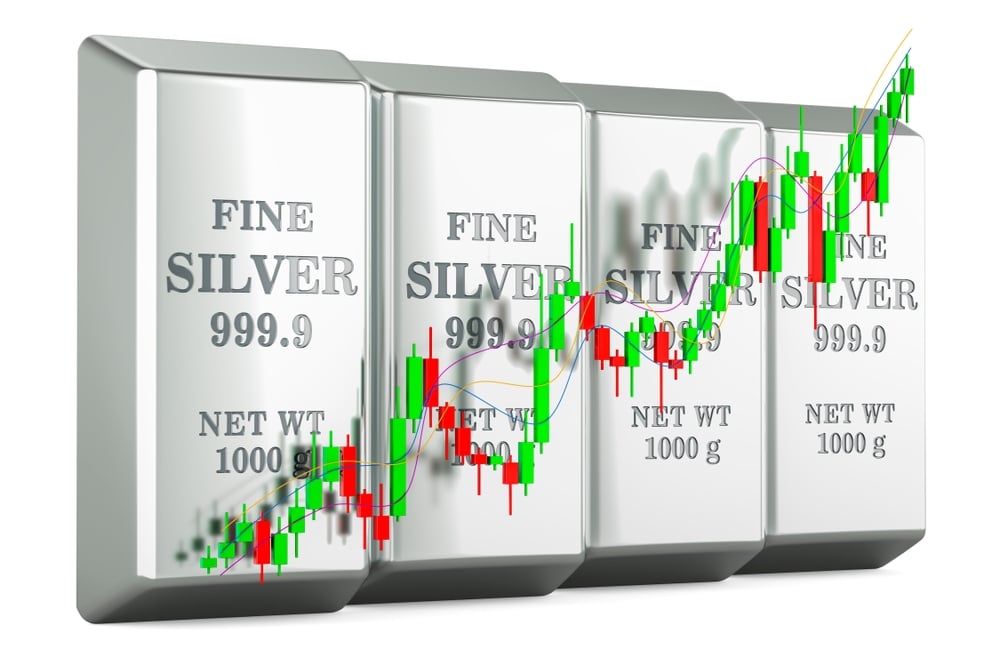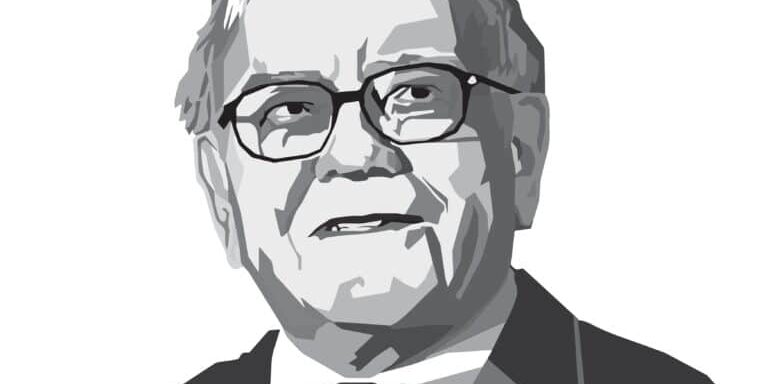
Buffett’s $325 Billion Blunder—and Why He’s Ignoring the One Asset That Could Save Him
When Too Much Money Becomes a Problem
Most of us wouldn’t complain about having a little extra cash. But when you’re Warren Buffett and you’ve got $325 billion just sitting around doing absolutely nothing… well, that’s a different kind of problem.
This is the most cash Berkshire Hathaway has ever held. And while that might sound like a power move, it’s actually a giant red flag. It means Buffett—arguably the greatest value investor of all time—can’t find anything he thinks is worth buying. Not stocks. Not bonds. Not real estate. Nothing.
And that should tell you something about the state of today’s markets: they’re bloated, overpriced, and dangerously disconnected from reality.
So, what’s a guy like Buffett to do with all that dry powder? Maybe he should revisit a move he made back in the 1990s—one that barely anyone saw coming.
The Day Buffett Bet Big on a “Barbarous Relic”
Let’s go back to 1997. While the financial world was partying in dot-com euphoria, Buffett made a move so out of character it raised eyebrows on Wall Street. He didn’t buy a tech stock. He didn’t buy a bank.
He bought silver—a lot of it.
Through Berkshire’s insurance subsidiary, General Re, Buffett quietly acquired 130 million ounces of physical silver. That was roughly 20% of the entire above-ground global supply at the time.
His reasoning? Simple economics. Silver had been suppressed for years. Central banks were dumping it, industrial demand was steady, and prices were hovering around $4.40 an ounce—laughably low by any standard.
Buffett believed in what his mentor Benjamin Graham always said: “In the short term, markets are voting machines. In the long run, they’re weighing machines.” And Buffett believed silver was being mispriced—by a wide margin.
He was right. Silver crept up to $7, and depending on when he exited, Buffett pocketed somewhere between $200 million and $325 million.
But That Trade Came with Baggage
The profit was sweet, no doubt. But the aftermath? Not so much.
The size of Buffett’s position attracted the attention of the Commodity Futures Trading Commission (CFTC). They launched an investigation to see if he was trying to corner the market. In the end, they found nothing shady. But the spotlight was intense, and it’s widely believed Buffett didn’t enjoy being painted as a would-be manipulator.
It may not have soured him on silver entirely, but it definitely made him gun-shy about venturing into commodities in such a bold, public way again.
Silver 2025: The Sequel Is Bigger Than the Original
Now here we are in 2025, and if you look closely, you’ll see silver setting up for another breakout—maybe even bigger than the one Buffett rode in the '90s.
Let’s look at the facts:
- Industrial demand is exploding. Silver is critical for solar panels, electric vehicles, 5G infrastructure, and all sorts of high-tech electronics. It’s not just a shiny metal—it’s an energy metal now.
- Supply is choking. Global silver production has been declining. Mines are aging, exploration is underfunded, and environmental restrictions are tightening. We’re not digging up new supply fast enough to meet growing demand.
- The big money isn’t in yet. Hedge funds, pension plans, and sovereign wealth funds are still barely touching silver. Gold gets all the headlines. Silver? It’s the ignored little brother. That’s exactly how Buffett likes it—before the crowd shows up.
In terms of fundamentals, it’s almost a mirror image of the late '90s. But the stakes are much higher now. We’re not just talking about price misalignment—we’re talking about global infrastructure depending on a resource that’s becoming harder to find.
So Why Isn’t Buffett Jumping Back In?
Here’s the deal: as juicy as this setup is, Buffett’s not coming to save silver this time. And there are a few good reasons why.
- He doesn’t like unpredictable businesses. Buffett’s always preferred companies with “economic moats”—steady cash flow, low capital costs, high customer loyalty. Mining doesn’t fit that mold. It’s expensive, volatile, and one government regulation away from disaster.
- He’s been bitten by commodities before. Beyond silver, Buffett also made a big bet on oil giant ConocoPhillips back in 2008—right before oil prices tanked. That mistake cost Berkshire billions. He learned the hard way: commodities can turn on you fast.
- He’s thinking about his legacy. Let’s not forget—Buffett’s 94. He’s more focused than ever on keeping Berkshire’s reputation rock solid. A wild bet on silver miners doesn’t exactly scream “safe and stable.”
But the Next Generation at Berkshire? They Might See Things Differently
This is where it gets interesting.
Buffett’s two top investment managers, Todd Combs and Ted Weschler, are running tens of billions on their own. And they’ve already shown they’re willing to break from Buffett’s conservative mold.
They’ve taken positions in tech, fintech, and even Amazon—areas Buffett long avoided. They think differently. They invest differently.
And if they’re paying attention to silver—and they should be—they might not look at it as a commodity. They might look at it as a critical metal essential to the so-called green transition.
Even better? They don’t have to touch mining operations directly. They could get exposure through streaming and royalty companies like Franco-Nevada or Wheaton Precious Metals. These firms don’t dig—they collect checks on what others dig. Lower risk, higher margins, and recurring revenue. That’s the kind of business Berkshire could stomach.
You Don’t Need to Be Buffett to See What’s Coming
Let’s be real. Most of us don’t have $325 billion sitting around. But what we do have is the ability to read the signs—and act before the herd catches on.
Silver is one of the most underappreciated, under-owned, and underpriced assets in the world today. That won’t last. Demand is rising. Supply is tightening. And sooner or later, the market will have to “weigh” those fundamentals—just like it did in the '90s.
You can sit on your hands like Buffett…
Or you can position yourself now, before the rush.
✅ Here’s What You Should Do Next:
Step 1: Download Bill Brocius’ free eBook “Seven Steps to Protect Yourself from Bank Failure.” It’s not just about silver—it’s about defending your entire financial life from the coming economic storm.
Step 2: Subscribe to Dedollarize. Every week we break down how to defend your wealth in plain English—no Wall Street jargon, no corporate spin.
The big players are watching. The cracks are widening. And silver won’t stay quiet forever.
Buffett might be waiting for his “perfect pitch.”
But you? You don’t need to wait another second.
Take control. Opt out. Stack real assets.
—Frank Balm


